With the arrival of smartwatches, the divide between analog and digital has become a little bit blurrier. After all, you can create the illusion of a mechanical watch using a display and you’ll only realize the difference on closer inspection. That said, these two extremes aren’t the only ways to tell the time, and if you look hard enough, you’ll find other intriguing designs that make use of a combination of patterns and lights that you need to decipher and translate to regular numbers. This distinctive watch project doesn’t go to that extreme and still presents a more familiar face, but it does so using a medium that you’d least expect to see on an electronic watch.
Designer: Armin Bindzus
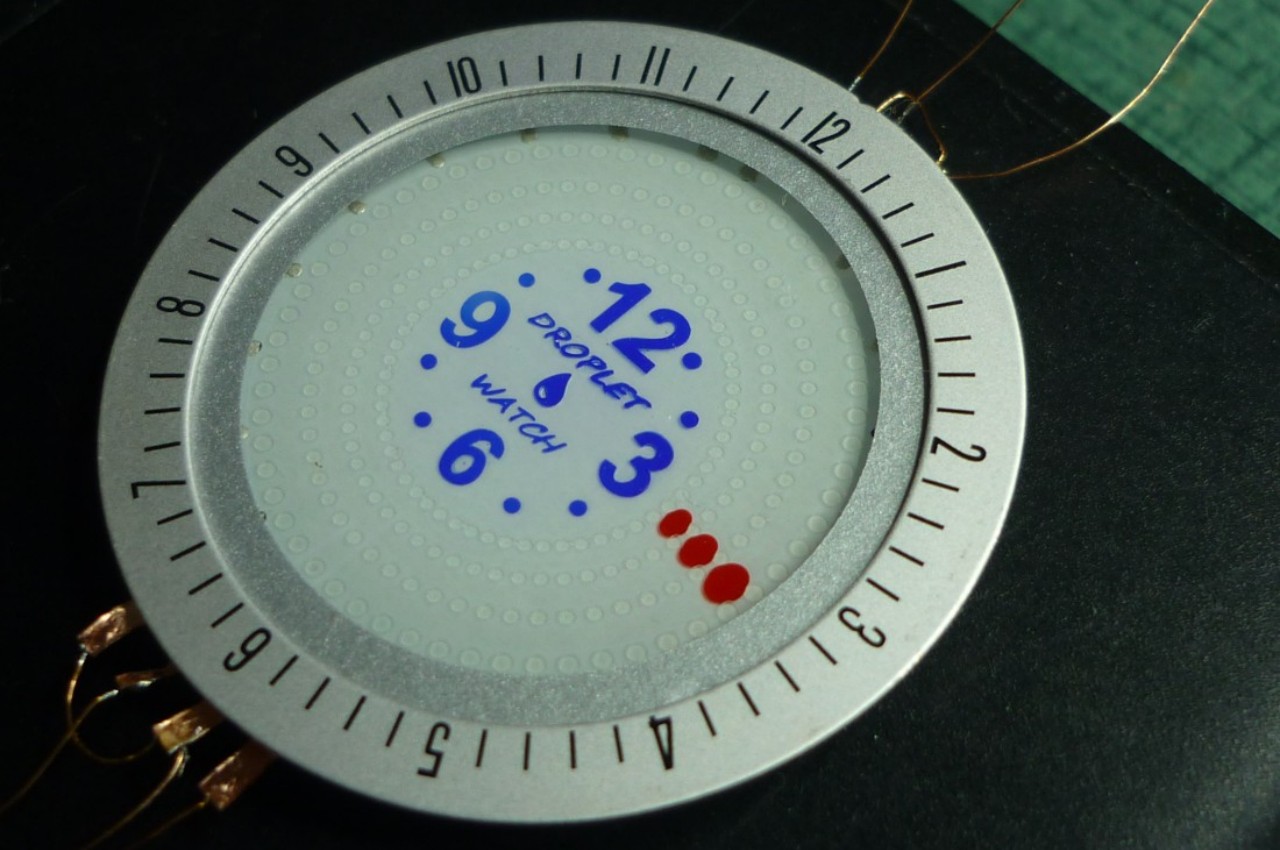
Analog watches and clocks use physical moving parts to indicate the passage of time, but there’s no hard rule that says there have to be three long bars or lines. Some minimalist designs even reduce those “hands” into circles, going so far as even removing all but four numbers from the watch face. This leaves a little wiggle room for experimentation, like this DIY electronics project that uses something like those aforementioned dots but also has those dots in liquid form.
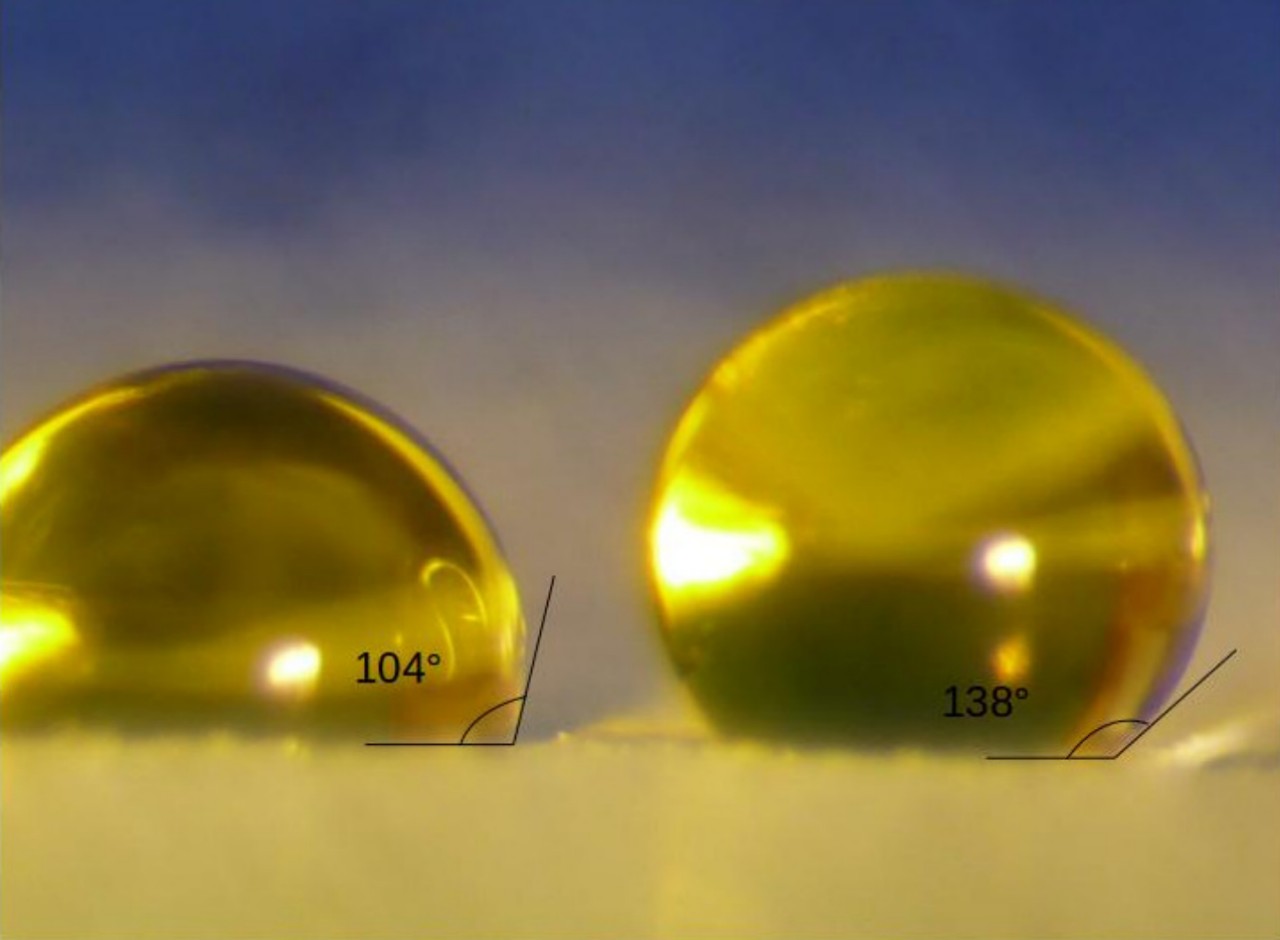
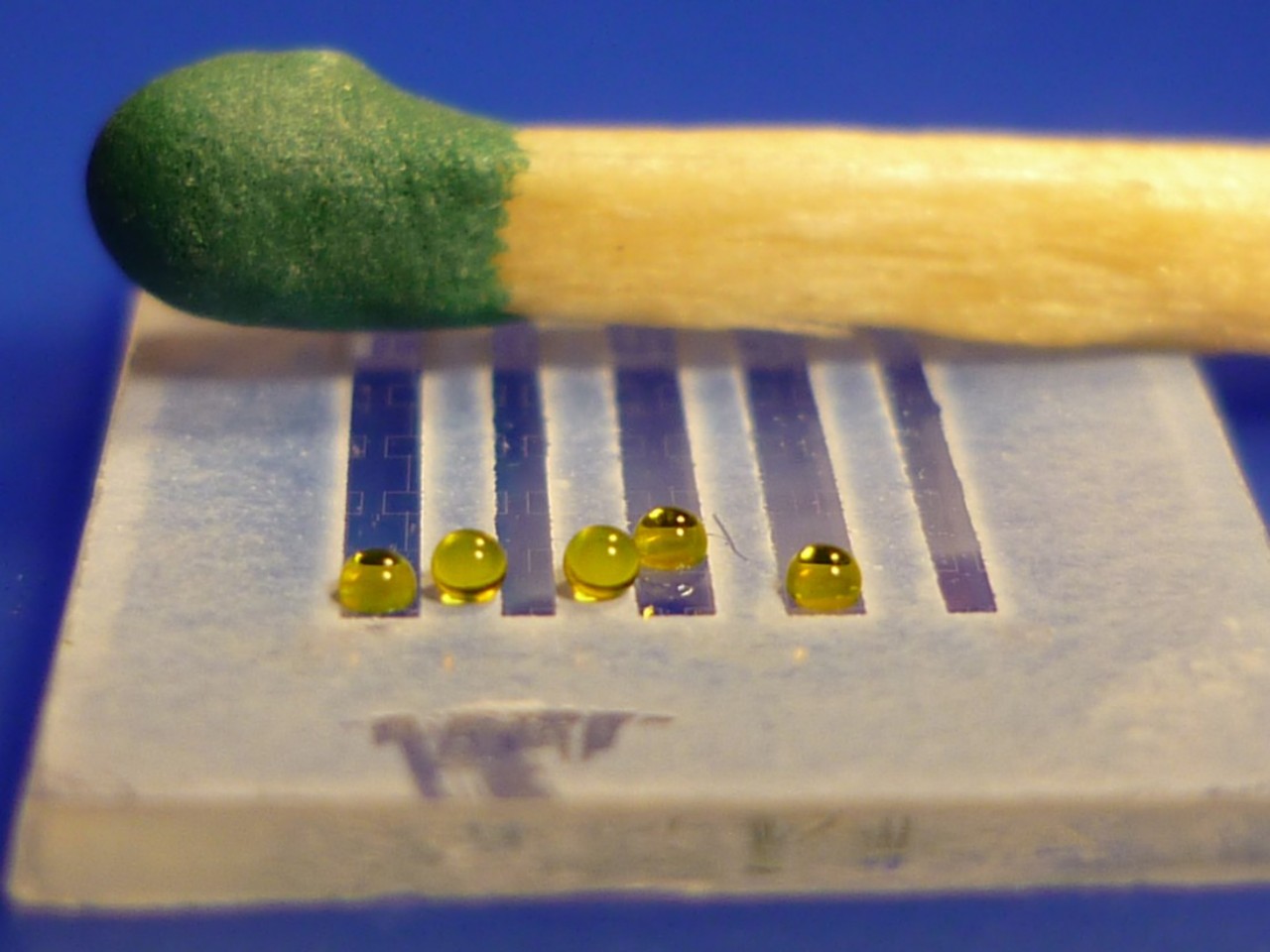
Given how we’re often told not to let liquid near electronics, this might come as a bit of a surprise, but the droplets used in this intriguing design are actually polar liquids. This means they can be electrically charged and, in this case, move around a surface exactly because of that charge. The technical principle behind this technique is called “electrowetting,” and it is able to induce liquid motion by changing the electrical field on a given surface.

With the Droplet Watch, that shifting electrical field is done through three concentric circles of 60 electrodes, representing the 60 “ticks” on a watch face. Electrodes get charged or discharged, which causes the droplets along the lanes between these circles to move around, just like the hands on a clock. It’s a complicated process that has plenty of room for errors, but it’s certainly interesting to watch liquid dots moving around the clock, briefly leaving a trail before it catches up to the rest of the mass.
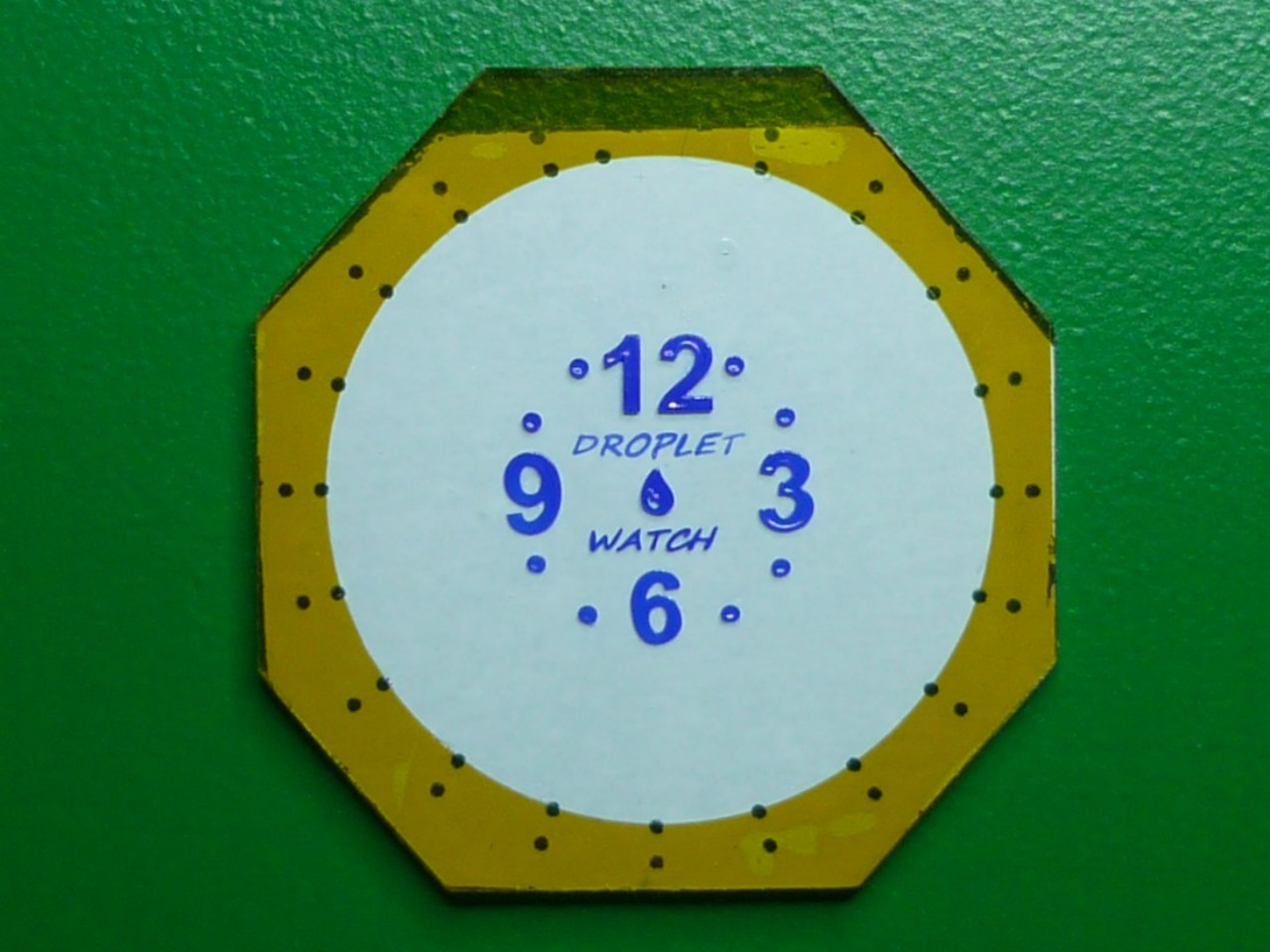
The Droplet Watch only consumes power when moving the liquid, which puts it on the same level as an E Ink display. Sadly, it’s also not a practical design, at least not for a watch that will move a lot since the liquid could be dislodged accidentally. And with many digital screens on clocks and watches these days, that same visual effect can be accomplished with little to no effort at all.
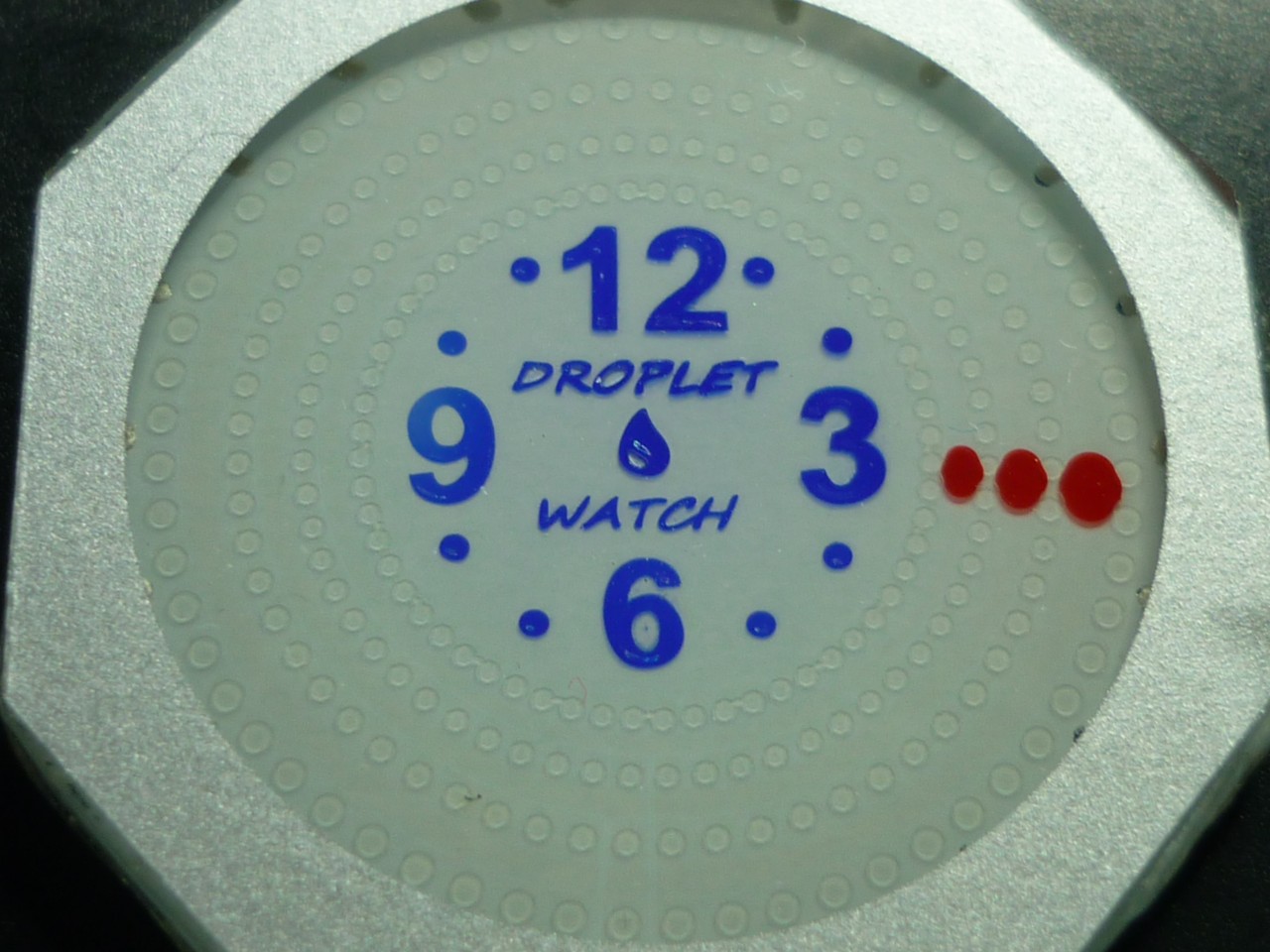
The post Unique DIY watch moves liquid droplets around to tell the time first appeared on Yanko Design.